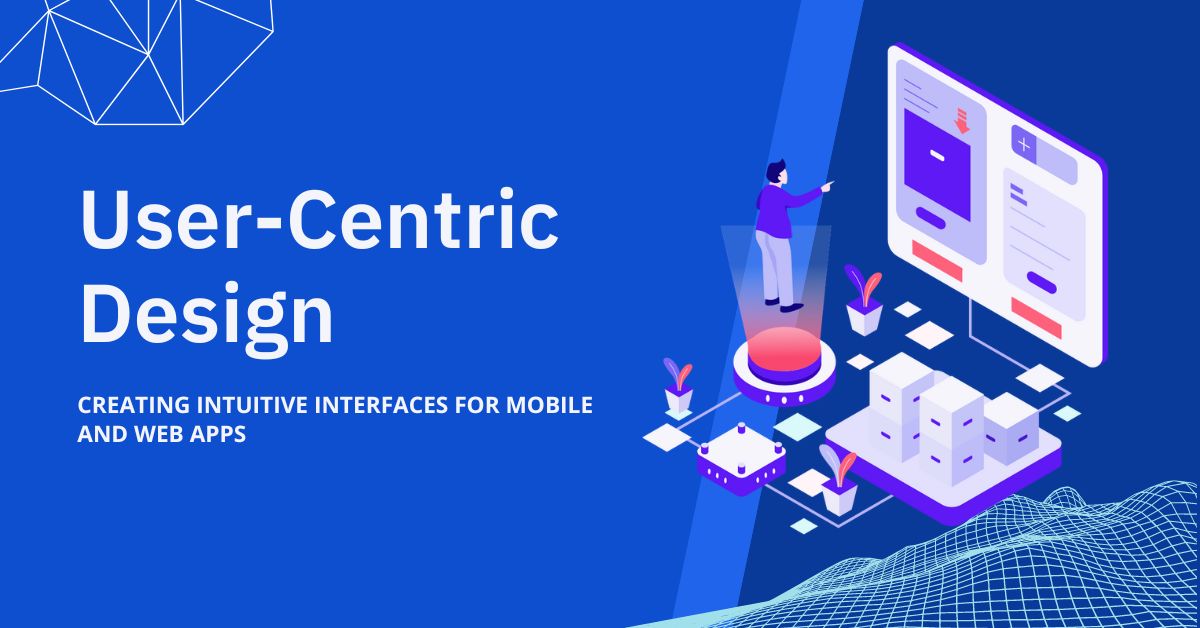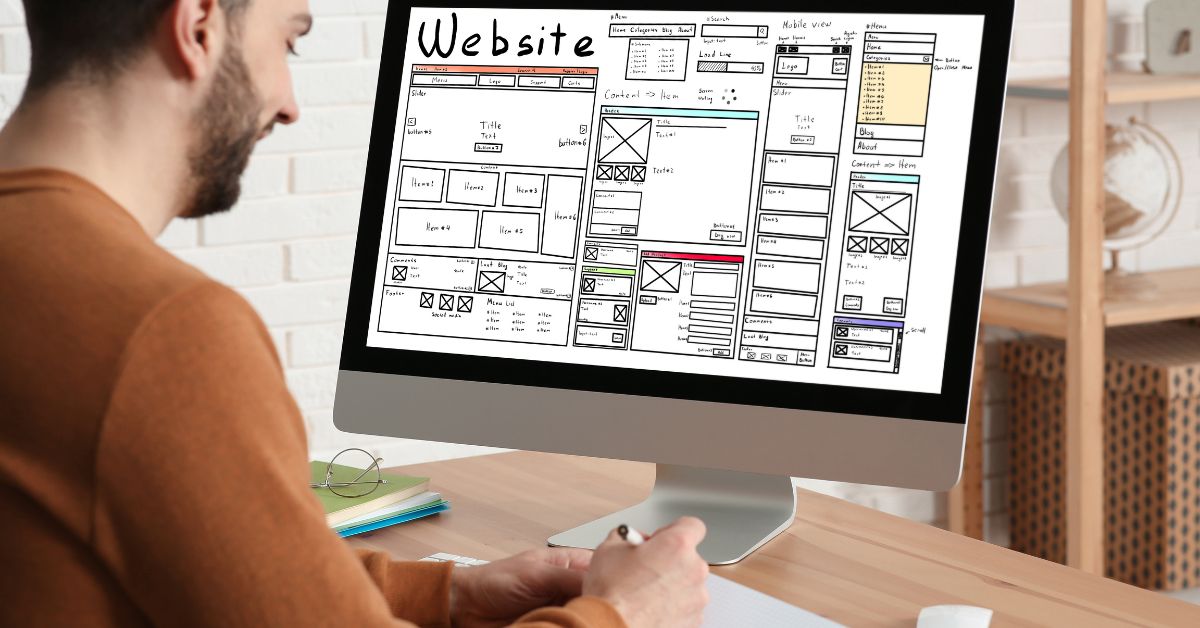User-Centric Design: Creating Intuitive Interfaces for Mobile and Web Apps

4 min read | By Postpublisher P | 03 August 2023 | Web development
Mobile and online applications have become an essential component of our daily lives in the digital age. These applications serve numerous objectives and appeal to a diverse user base, ranging from social media platforms to productivity tools. However, as the number of apps on the market grows, customers have grown more picky than ever.
In this competitive market, User-Centric Design has emerged as a critical aspect in developing successful and intuitive mobile and web app interfaces. This blog discusses the importance of user-centric design and how it allows designers to create interfaces that resonate with people and improve their entire experience.
Understanding User-Centric Design

User-Centric Design is a design strategy that prioritises users’ needs, preferences, and behaviour throughout the design process. Designers strive to build interfaces that effortlessly correspond with users’ mental models and expectations, rather than focusing exclusively on aesthetics or technical factors. Designers can create intuitive, efficient, and entertaining app interfaces by analysing user behaviour and implementing their input.
Conducting User Research

Conducting extensive user research is the foundation of user-centric design. Understanding the target audience’s goals, pain areas, and motives is the first step. Insights gained from surveys, interviews, and user testing aid in the identification of trends and user preferences, allowing designers to create user personas and plan out user journeys.
Defining Clear Objectives

After conducting user research, designers can outline specific goals for the app’s UI. These goals should prioritise usability, accessibility, and user happiness. Setting explicit goals ensures that design decisions remain in line with the app’s purpose and the demands of the users.
Creating Intuitive Information Architecture

The backbone of any user interface is information architecture. It entails organising and structuring information in a way that people can understand. Designers should build logical and straightforward navigation paths that reduce cognitive strain and allow people to easily discover what they need.
Prioritising Consistency and Simplicity

A user-friendly interface requires consistency. Keeping the design language consistent throughout the programme improves familiarity and usability. Simple and direct interfaces, such as recognisable iconography and easy movements, assist users in immediately grasping app functionality.
Emphasising Visual Hierarchy

A clear visual hierarchy directs users through the app, emphasising key elements and content. The use of typography, colour, and spacing effectively allows consumers to focus on the most important information and calls-to-action.
Implementing Responsive Design

Because of the growing number of devices and screen sizes, responsive design has become critical for user-centric interfaces. Making sure the app adjusts to different devices seamlessly improves accessibility and user experience.
Testing and Iteration

The importance of user-centred design does not cease with the initial release. Continuous testing and user feedback-based iteration are required to develop and improve the app’s design over time. Understanding pain spots and analysing user behaviour aids in making educated design decisions.
Embracing User Feedback

In the user-centric design process, feedback from real users is invaluable. Early-stage prototypes and beta testing allow designers to gather feedback and make necessary improvements before the app’s full release. User feedback provides insights into what works well and what needs refinement, helping designers to prioritise features and enhancements that align with user expectations.
Accessibility and Inclusivity

User-centric design also encompasses accessibility and inclusivity. Designers should consider the diverse needs of users, including those with disabilities, to create interfaces that can be easily used by all. Providing alternative text for images, ensuring proper colour contrast, and enabling screen reader compatibility are just a few ways to ensure a more inclusive user experience.
Conclusion
User-centric design is not a one-time effort but an ongoing process that puts the user at the heart of app development. By understanding user needs, preferences, and behaviours, designers can create intuitive interfaces that elevate user experience and set their apps apart from the competition.
Incorporating user research, maintaining consistency, emphasising simplicity, and continuous iteration are all critical aspects of creating user-centric mobile and web app interfaces. Ultimately, embracing user-centric design principles leads to higher user satisfaction, increased app usage, and greater success in the digital landscape.
The latest from our editors
Join over 150,000+ subscribers who get our best digital insights, strategies and tips delivered straight to their inbox.


